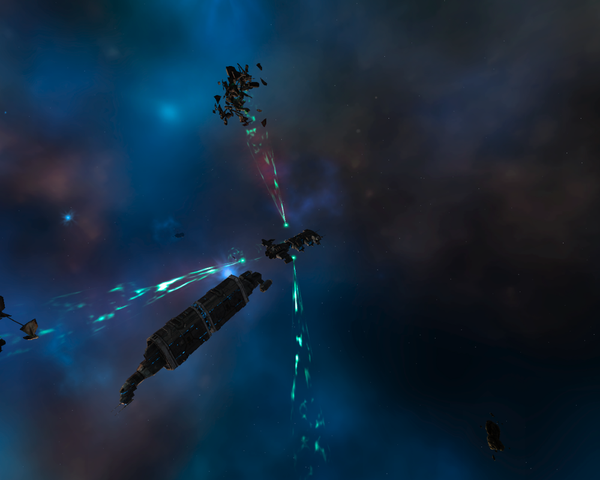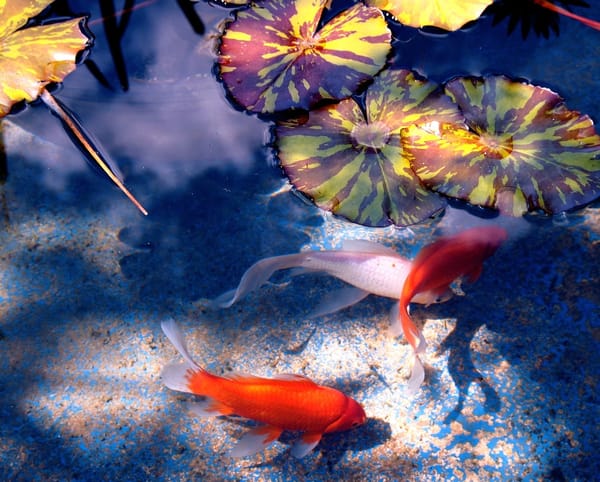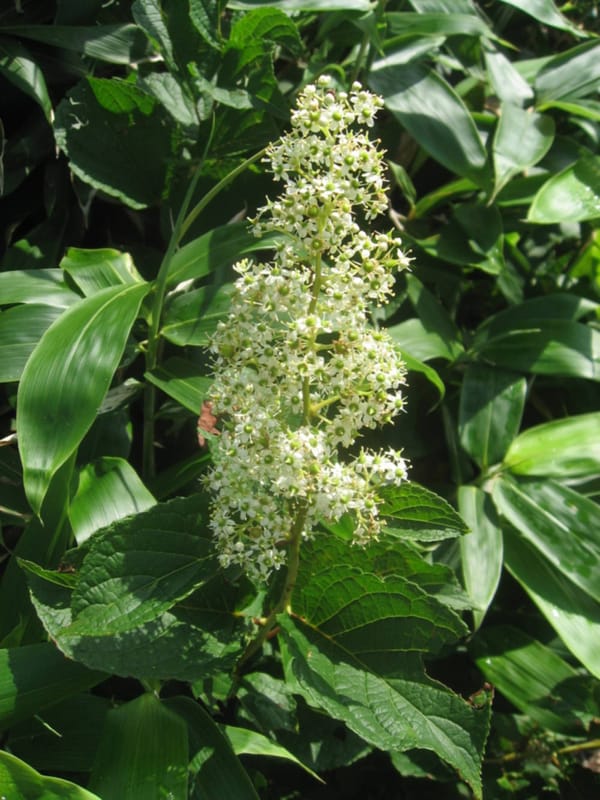Improvements in carbon dating
Nope. Take Me Out hasn't started shacking up elements. Yet...
A new study of sediment cores from Lake Suigetsu, Japan, has the potential to improve the accuracy of the radiocarbon dating techniques used widely by archaeologists and climate scientists. Radiocarbon (14C) has a known half-life of ~5,700 years and is absorbed equally by organic processes. Scientists can then find the age of such objects by seeing how the ratio of radiogenic to non-radiogenic carbon (12C) has changed. However this can only be found accurately if the original, atmospheric ratio of carbon is known.
This can be measured directly from tree-rings up to ~12,500 years ago. Beyond this point are other climate proxies such as ice cores, marine sediments and speleothems (cave deposits) but these require assumptions about the reaction of ocean or groundwater carbon to atmospheric changes or local climate conditions.
At Lake Suigetsu the accumulation of a fine layer of seasonal algae allows researchers to count back the years of each layer, called varves, just like a tree ring. Radiocarbon from microscopic plant fragments was then measured to find the analogous atmospheric radiocarbon at the time each varve was deposited. With the new sediment cores, researchers now have a complete terrestrial record dating back up to ~52,000 years.
A ‘control period’ of the first 12,000 years was anchored against the known tree-ring record. The Suigetsu data was then compared to two speleothem sets (dated using U-Th decay) and was found to lie within the deviation expected of the two different time scales. The potential of sediment cores at Lake Suigetsu for dating was first recognised in 1993 but the original core included missing intervals, which made an independent age impossible. A further four cores (funded by the UK Natural Environment Research Council) were taken in 2006.
Although this discovery is not expected to cause any major historical revisions it will allow archaeologists to improve dating accuracy by up to several centuries. This will also help scientists understand the carbon-cycle, particularly the mechanisms that transport atmospheric carbon into other radiocarbon sinks, such as in the oceans.







